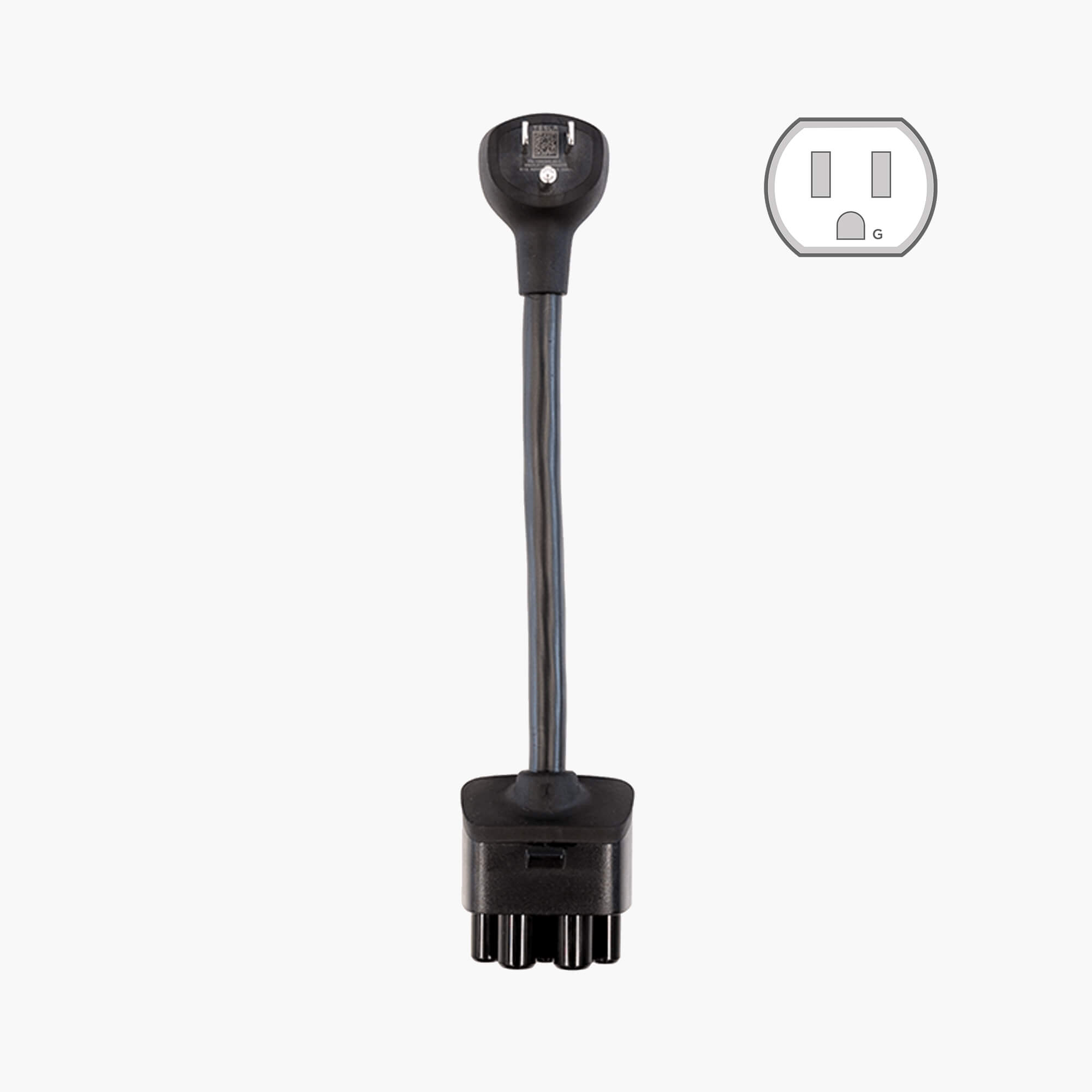Hi Everyone,
Just got my VIN and I am trying to schedule electricians to get quotes but was curious if I could understand what I might be in for in terms of it being an easy install or am I going to be paying a lot more.
We put in a pool recently so we only have 1 empty breaker slot but I see that we need to slots for a 60AMP Breaker. We don't currently use our dryer 240 volt which is in the utility room because we have a gas dryer that users a regular 110 plug to power it.
Would it be a scenario that they could consolidate some breakers or utilize that 240 that's not being used? Here is a picture of my breaker box. We have a newer home, built in 2019.

Just got my VIN and I am trying to schedule electricians to get quotes but was curious if I could understand what I might be in for in terms of it being an easy install or am I going to be paying a lot more.
We put in a pool recently so we only have 1 empty breaker slot but I see that we need to slots for a 60AMP Breaker. We don't currently use our dryer 240 volt which is in the utility room because we have a gas dryer that users a regular 110 plug to power it.
Would it be a scenario that they could consolidate some breakers or utilize that 240 that's not being used? Here is a picture of my breaker box. We have a newer home, built in 2019.



